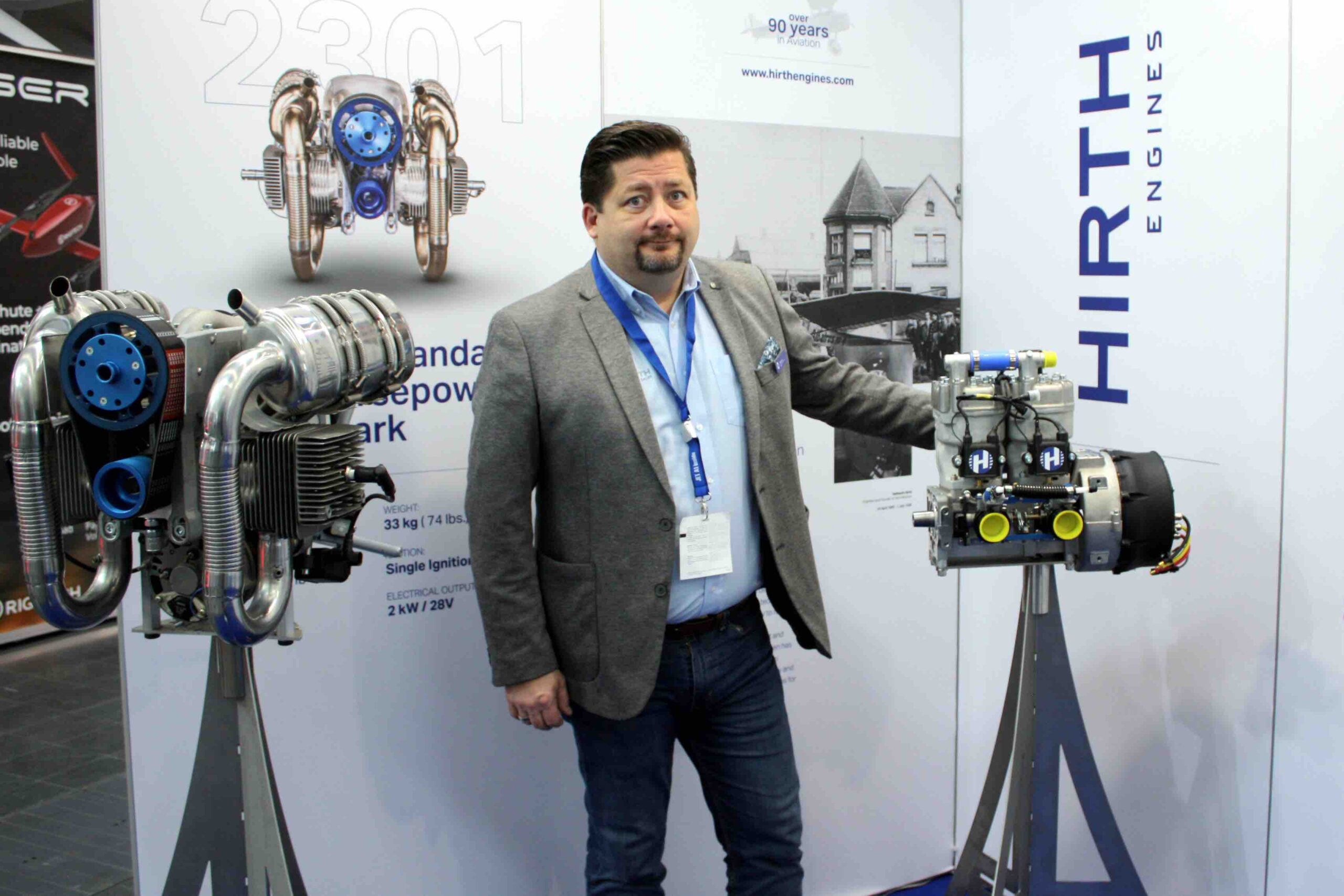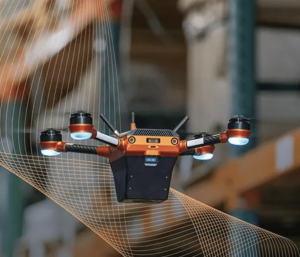Hirth Engines: Powering UAVs Across Diverse Applications
Hirth Engines specializes in two-stroke engines catering to ultralight aircraft, unmanned aerial vehicles (UAVs), and various light aviation applications. During the recent Xponential Europe event in Dusseldorf, Peter Lietz, Head of Hirth International Sales and Services, shared insights about their engine offerings, highlighting a range from 8 hp to 70 hp. Currently, the company is focusing on engines that support heavy fuel applications, notably two models operating on heavy fuel and jet fuel, available in 50 hp and 60 hp configurations.
The interest in jet-fuel and kerosene-fueled engines is on the rise. Lietz noted, “We are receiving feedback from our military clients regarding the single fuel concept, which aims to utilize the same fuel type for all systems on the battlefield.” This concept, often referred to as the heavy fuel policy, is a strategy designed to streamline fuel logistics, emphasizing a universal fuel source for both ground and air vehicles.
Enhancing Efficiency and Partnering with Key Players
Lietz explained how this uniformity could lead to improved efficiency for operational vehicles, from jeeps and tanks to helicopters and UAVs. Among Hirth’s significant partners is UMS Skeldar, known for its V-200 rotary-wing UAV that employs Hirth’s 35HF heavy-fuel engine, currently in service with the German Navy for reconnaissance missions.
Additionally, Martin UAV has integrated Hirth engines into its V-BAT, a cutting-edge vertical take-off and landing (VTOL) UAV powered by the air-cooled, two-stroke, 15 hp boxer engine 4201. Testing at Camp Roberts U.S. Army Base demonstrated its capabilities, achieving a flight height of 15,000 feet and covering a distance of 50 miles, showcasing the advantages brought by the Hirth engine.
The company’s 41 series engines also feature on Rheinmetall’s Luna UAV, designed primarily for intelligence, surveillance, and reconnaissance (ISR) missions, and utilized by numerous European military and defense organizations.
Expanding Horizons Beyond Military Applications
Hirth is not limited to military contracts; it also serves non-military customers, such as Windracers in the UK, renowned for its autonomous cargo drones. The Windracers ULTRA MK2 is optimized for middle-mile logistics and is currently assisting with humanitarian efforts in Ghana.
For light aircraft operations, the Hirth Engines’ 23 Series stands out. This collection of air-cooled, two-stroke engines achieves exceptional power-to-weight ratios and is particularly suitable for aircraft under 120 kg. Lietz highlighted, “We’re active in both military and civilian sectors, boasting a global customer base extending from Australia to South America, including the U.S., Israel, China, and Africa.”
Regulatory Insights and Future Prospects
Hirth’s diverse market presence offers a unique viewpoint on UAV policies. Lietz particularly recognized the proactive approach by the Indian government in developing design and manufacturing standards, contrasting this with the FAA and EASA’s focus on operational safety and licensing instead of constructing regulations for UAV manufacturing.
As Hirth Engines approaches its centennial celebration in 2028, Lietz expressed enthusiasm for next year’s Xponential Europe. He remarked, “The audience here is excellent, and we’re seeing engaging discussions among a diverse array of exhibitors. The European UAV market is rapidly growing, with many startups and innovative solutions, making this an ideal platform to showcase these advancements.”













